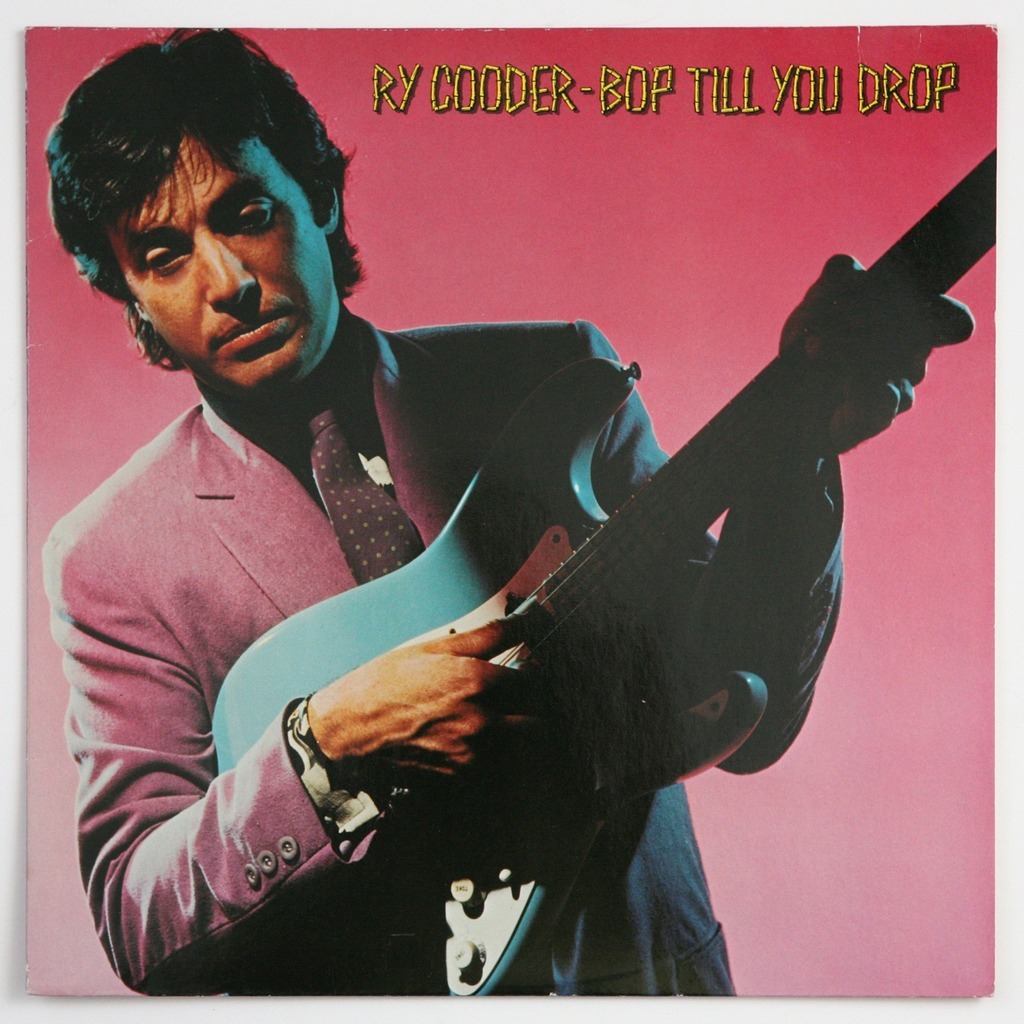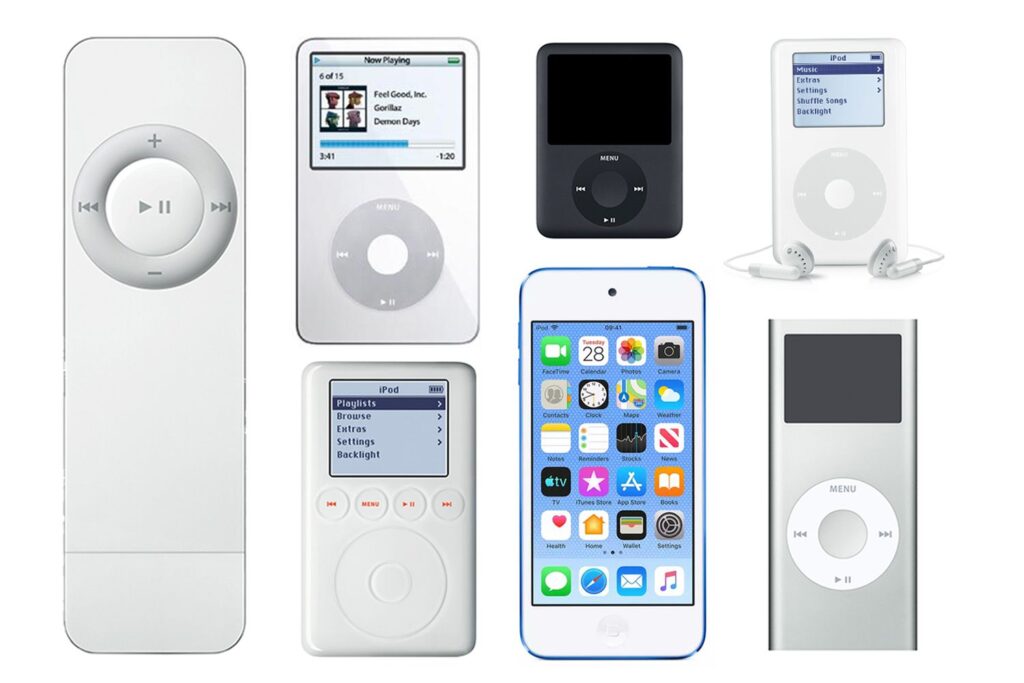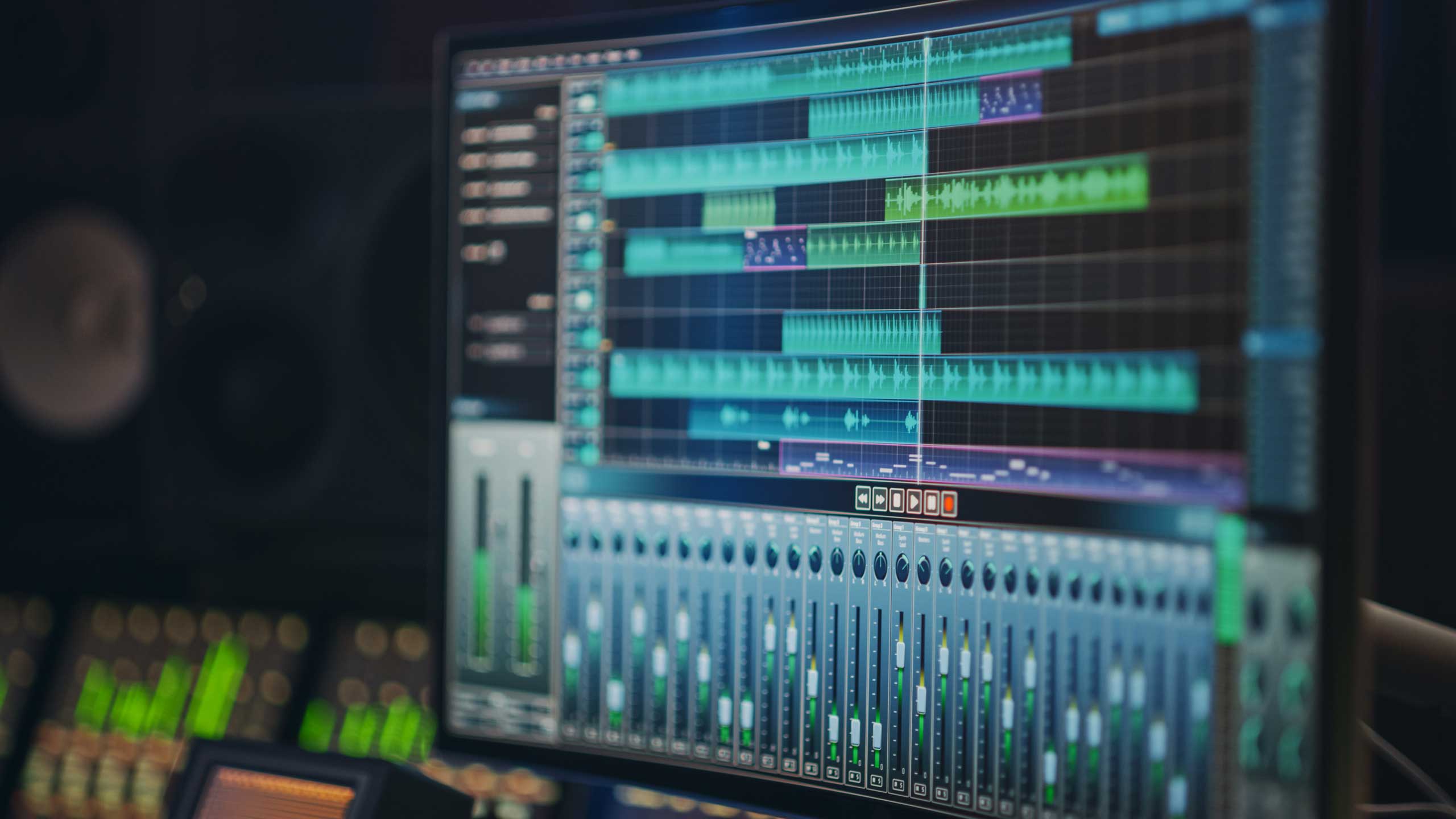Digital music has had a tremendous impact on the music industry since the introduction of the compact disk in 1982. One of the first digitally recorded major label releases was Ry Cooder’s Bop Till You Drop in 1979. Peter Gabriel’s fourth album was the first ever to be fully digitally recorded, edited and mastered.


The evolution of the MP3 file format in the second half of the 1990s was the next big advancement in the realm of digital music because it allowed for the distribution of music in a small file format. Unlike the large file size used in the creation of music CDs, the MP3 file format uses lossy compression to achieve a 75% – 95% reduction in the size of the original file, with the obvious trade off being sound quality.
The ability to distribute and download MP3s over the internet led to the short-lived rise of popular peer-to-peer (P2P) file sharing applications like Napster in 1999. They were eventually run out of business in 2001 after multiple lawsuits for music copyright infringement.
The MP3 technology was primarily adopted by the portable media player market, introducing devices like the Apple iPod classic in 2001 containing a 1.8 inch 10 giga byte hard drive as the storage medium. Future versions of the ipod included the ipod Mini, iPod Nano, iPod shuffle and iPod touch. These devices were used in combination with the iTunes software, which acts as a media player, media library and device management software.

In 2003, Apple introduced the iTunes store to purchase and download digital music, after making a deal with the five major record labels. It used a similar, but better compressed file format than MP3 called AAC. The iPod product line was discontinued in 2022 as the iPhone and iPad became more popular and essentially filled the gap for buying and listening to music. It can be safely said that the iTunes store revolutionized digital music and helped to bring us to where we are today, with the popularity of music streaming services.
Digital streaming has only been made possible with the advancement in high-speed internet but has now become the de facto standard for streaming all types of media, including music. The biggest competitors in the music streaming market today are Spotify, Apple Music and Amazon Music, the latter two offering HD audio streaming.
One of the biggest differences between the download market and the streaming market is the streaming market is entirely subscription based rather than price per product. Depending on how you look at things, this could be seen as a positive or a negative. It’s a positive, in terms of the better quality audio you are getting, in most cases, that being CD quality or better and the mind boggling amount of music you have access to. The negative aspect is not owning the physical product like a downloaded file or a physical CD.
While digital music has completely changed how we access and consume music, it has also opened the door to newer technologies, like Artificial Intelligence, which would never had been possible if the music industry had remained an analog only medium. Whether we like AI or not, it is posing a significant challenge to songwriters of the music we all enjoy listening to. Like the Napster copyright infringement controversy of the early 2000s, the same problem is rearing its ugly head again, but this time, through the act of freely data mining libraries of copyrighted music to train the AI systems. It could be seen as a double standard in light of the troubles Napster faced for essentially doing the same thing.

At the end of the day, while digital music has provided a convenience for consumers of music, it will never replace the experience of dropping the needle on a freshly unwrapped vinyl record purchased at a record store. It will never outdo the glorious 12 X 12 inch art work and the record sleeve containing the lyrics to the songs, who wrote them, the musicians that played on them, where and when the record was recorded, mixed and mastered and who the producers and engineers were. The experience was made all the more special because as the music faded out on side one; you had to actually get up and flip the record over to listen to the other side. It was a different time when life moved at a slower pace and left you completely in tune with each revolution of the record spinning on the turntable.
Digital music will never fill that gap and sometimes I find myself longing for the old days when listening to music was more akin to a nice dinner at a fancy restaurant rather than a choice of fast food at the local shopping mall’s food court.

Be First to Comment